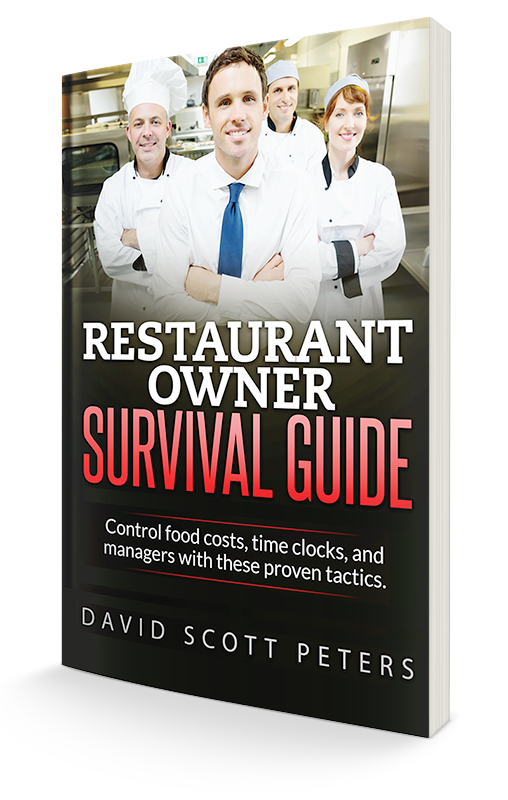Figure Your Restaurant’s Prime Cost
What is prime cost?
Prime cost is a key number in restaurants. It’s the grand total of your total cost of goods sold, which includes both food cost and liquor (also known as pour cost), and total labor cost. (In order to have an accurate prime cost number you must be on an accrual accounting system.)
To calculate your actual cost of goods sold accurately, you start with your beginning inventory, add to it your total purchase for that period (in this example, let’s say one month), then subtract your ending inventory. The sum of this calculation will give you your total cost of goods sold (the total of all product you physically used or left your shelves during that month).
Total labor cost includes not only the total wages your employees have earned for that period (again for this example we will use a month), and this is where most restaurants stop, but is also includes total taxes, benefits and any insurances paid (workers’ compensation and health insurance).
What is the ideal prime cost?
For almost my entire restaurant career, I had been taught and have taught others that the key prime cost target is 60 – 65 percent for a full-service restaurant and 60 percent for a quick-service restaurant, and I’ve been able to help my members’ consistently achieve 60 percent.
But it’s no longer any good.
With rising costs in food and labor over the last couple of years, the margins are shrinking on a daily basis. While I am not a trained economist, I am not a certified public accountant and I am not a statistician, what I am is a Restaurant Expert who works with more than a hundred restaurant owners in all of North America on a daily basis. And what I can tell you is that if your restaurant is doing at least $850,000 or more a year that the NEW prime cost target is 55 percent. You heard me right, 55 percent!
Now, click here on how to get to 55 percent.


